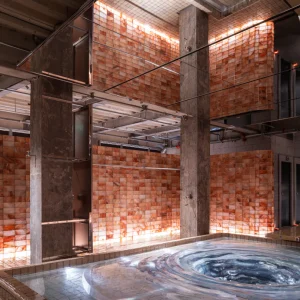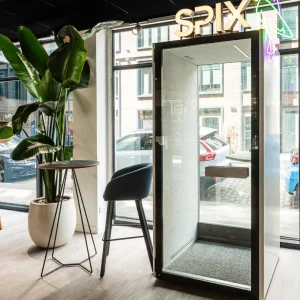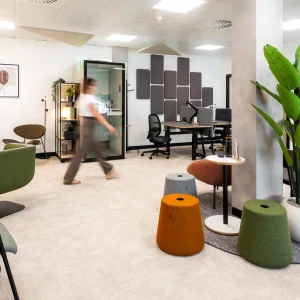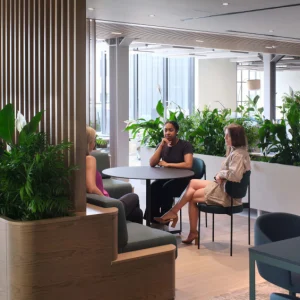james corner field operations was chosen from four noted finalists competing for the $50 million, two-year design project. The project which will reconnect Seattle with the central waterfront is seen as one of the most significant civic projects in Seattle’s 150-year history.
The state Transportation Department plans to replace the aging 1953-vintage elevated viaduct with a deep-bore tunnel beneath downtown. After the viaduct is torn down, civic leaders envision developing a world-class waterfront with open public spaces; a tree-lined boulevard; and beaches where kayaks or fly kites will be launched. The entire project will include over more than nine acres of new public space along the shoreline and new Alaskan Way boulevard from King Street to Elliott and Western Avenues, connecting a chain of Seattle icons such as Pike Place Market; the Seattle Aquarium; Pioneer Square; the sports stadiums and the Olympic Sculpture Park.
Peter Hahn, director of the Seattle Department of Transportation said that the selected firm demonstrated an understanding of Seattle’s grittiness and an affinity, and was able to fuse the concepts of creating an urban space with a working waterfront.
The first phase of design work will cost about $6 million. The work is part of $830 million in projects, including utility relocation, and construction of a new seawall and waterfront, to which Seattle committed as part of the viaduct replacement agreement with the state.
james corner field operations will work with Seattle’s Central Waterfront Partnerships Committee and will be closely involved in public outreach and public meetings that will take place over the next few years. The project manager and engineering firms for the project will be chosen soon. Design work will begin in October 2010 with a conceptual plan to be developed by 2012. A final design will be decided in 2015 with construction completed by 2018.
Funding for the design work will come from a host of sources, including $290 million from the state department of transportation (WSDOT) for street replacement; a shared commitment from the city and state for utility relocation; and sources agreed upon by the city council and Mayor Mike McGinn for replacing the seawall. Other potential sources include a local improvement district (LID); grants from government programs for transportation and shore improvements; the Army Corps of Engineers; and local philanthropy.
Other three teams that competed for the project include Gustafson Guthrie Nichol, a landscape design firm with offices in Seattle and London; Michael Van Valkenburgh Associates, design firm based in New York; and Wallace Roberts & Todd, a Philadelphia-based urban design, landscape and architecture firm.





